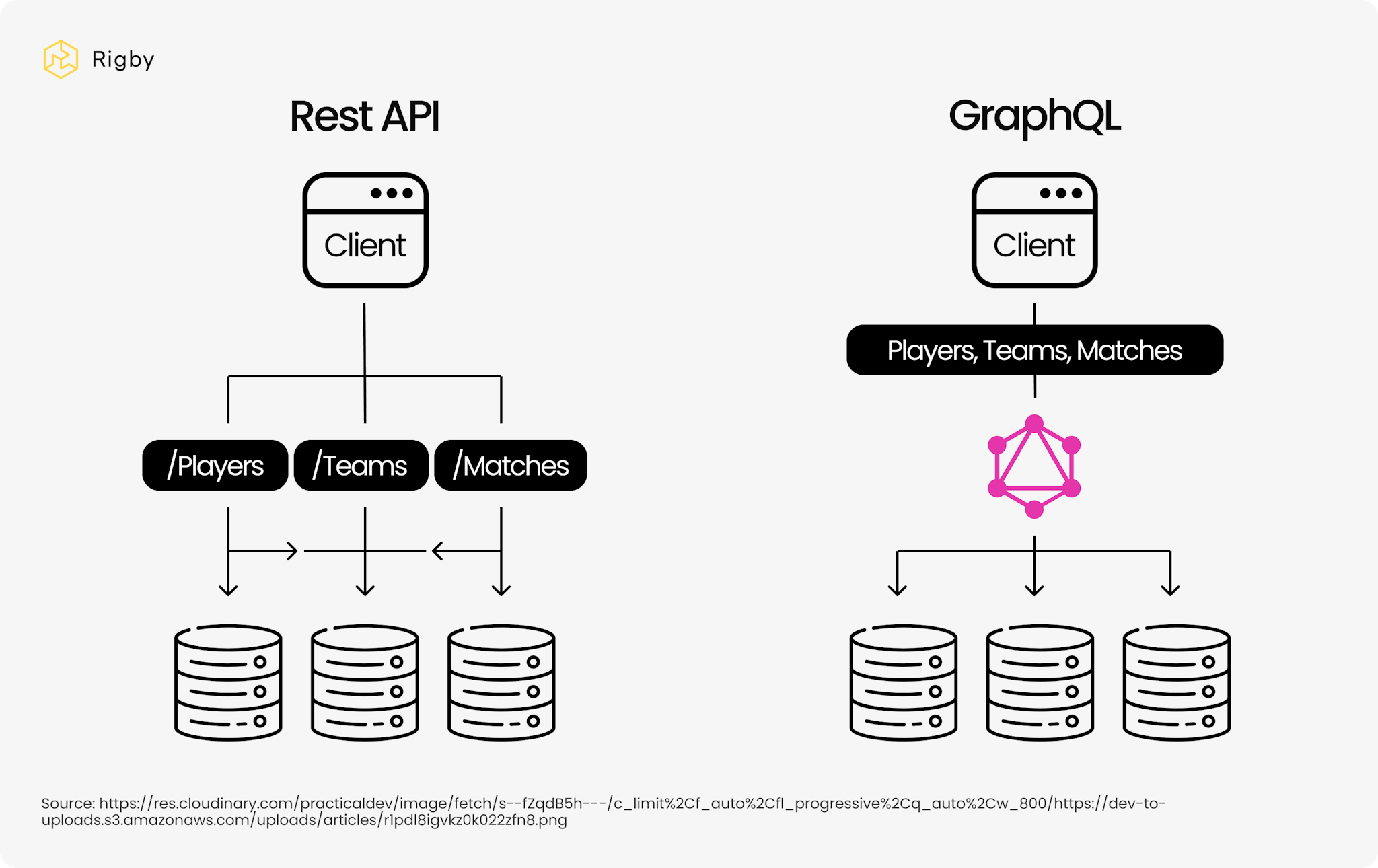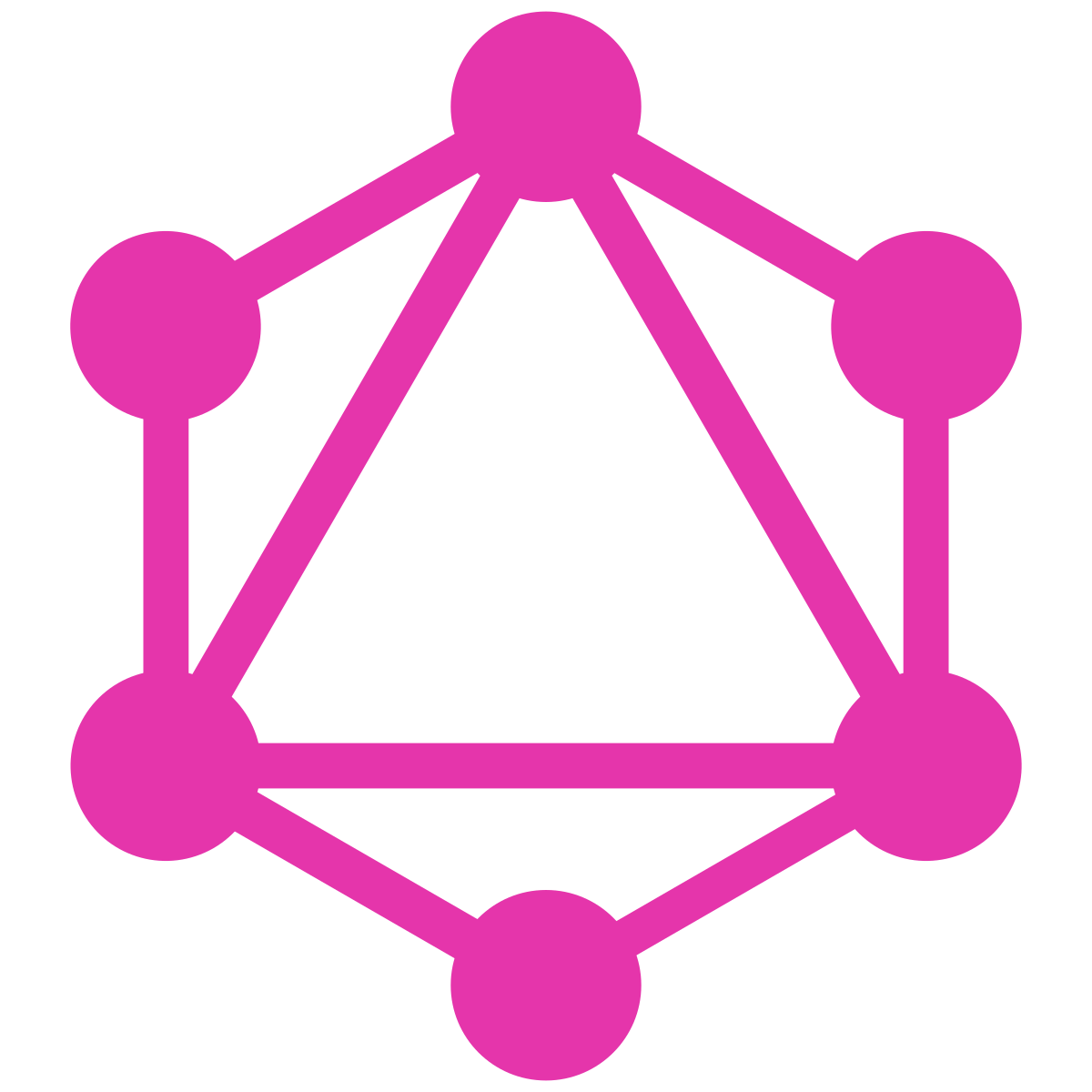GraphQL vs. Rest API in headless eCommerce applications
By Agnieszka Wojtas
By Agnieszka Wojtas

If you’re considering choosing the right tool to communicate between your application and the server, you’ve surely come across the term API.
An API is a set of rules and protocols that enable effective communication between different applications. This mechanism precisely defines how different software components should work together, thus facilitating integration between them. In the context of websites, APIs are often used for communication between frontend and backend
There are a variety of different types of application programming interfaces, and among them there are two particularly common examples mentioned in the title: the GraphQL and REST APIs.

REST API, as well as GraphQL, are publicly available styles of software architecture. Their main purpose is to seamlessly exchange data between the applications and integrated platforms used and the server.
They provide client applications with the ability to use and manipulate server resources using common HTTP methods such as GET, POST, PUT and DELETE. With them, it is possible to send a variety of requests.
In the REST architecture (sometimes called the RESTful API), data is treated as a resource, and each resource is identified by a unique URI (Uniform Resource Identifier). For example, for a collection of users, the URI could look like this: /users. Resources, on the other hand, are represented in a form that can be transferred between client and server. The most commonly used representation format is JSON.
REST defines some basic operations that can be performed on resources. These are mostly CRUD (Create, Read, Update, Delete) operations, mapped to standard HTTP methods: POST, GET, PUT, DELETE.
When creating a clear and effective structure for an eCommerce application, such as a marketplace and a dedicated seller (vendor) subpage, we need a variety of information, including:
In this case, it would be necessary to create several endpoints:
fetch('/user/1234')
.then(response => response.json())
.then(data => {
// Handling the data returned from the API
console.log(data);
})
.catch(error => {
// Error handling
console.error('Error while downloading data:', error);
});
However, in either case you get a full set of information, even the information you don’t currently need. It is then possible to transform the API to match the requirements of a particular feature or subpage, but in the case of expansion or changes in the application’s assumptions, it would take longer to adapt the API for each request. This would limit the speed of making changes to the application on the frontend side.

GraphQL is a common alternative to REST-based APIs, especially for headless eCommerce solutions. What is still distinctive about this solution is that GraphQL always uses only one endpoint.
Referring to the same example as in the previous method, using GraphQL it would be sufficient to use only one endpoint. The query could then look as follows:
query {
user(id: "1234") {
email
firstName
lastName
products {
id
name
price
}
reviews {
id
title
content
}
orders {
count
}
}
}
We would get information about a given user, his products, reviews, etc. with only the required parameters.
GraphQL will work well in an application that requires varied data on individual pages and complex query capabilities.
However, in the case of handling large amounts of data, it may be more advantageous to use a REST API. This is because sometimes complex GraphQL queries can introduce latency, especially when compared to querying several REST API endpoints. In addition, the ease, statelessness and stable data management, as well as the speed of REST API development, are undeniable advantages, making them an attractive choice, especially for smaller applications.
In conclusion, GraphQL and REST APIs are two different methods of building programming interfaces, and each has its advantages and disadvantages. GraphQL gives more flexibility in searching and retrieving data, while REST is more straightforward and facilitates caching. The key, however, is to evaluate specific requirements and challenges to determine which method is the right choice for our headless eCommerce application. Nevertheless, keep in mind that the coexistence of both solutions in a project is not out of the question! 🤓
But how to implement maintenance mode in Next.js? Is it as easy as configuring a plugin on WordPress for a few minutes? Of course it is!
Magento, compared to Medusa, may lead to higher long-term costs due to its licensing model and the risk associated with the gradual decline in the popularity of the PHP language...